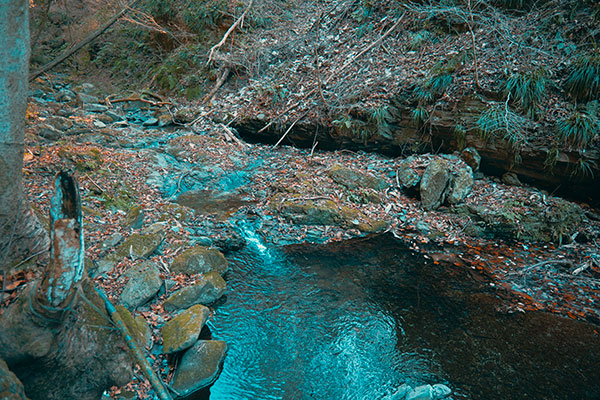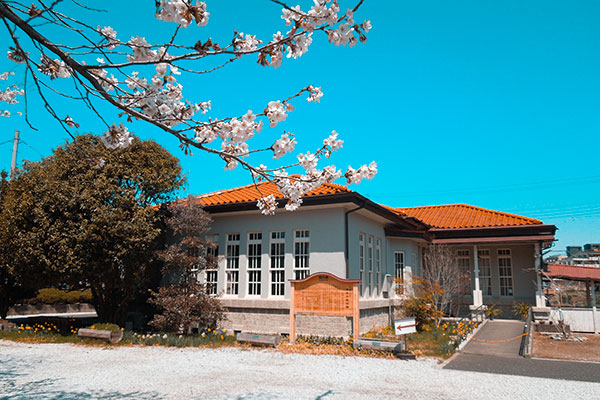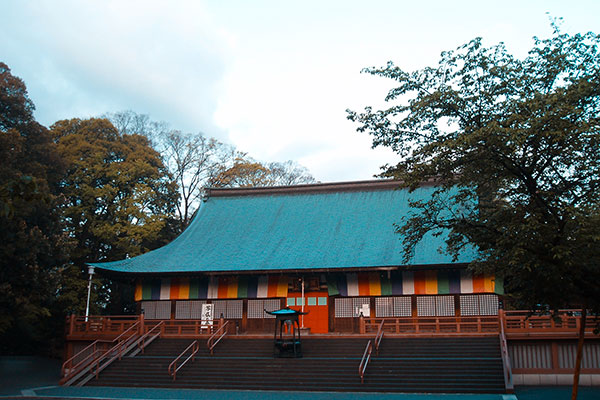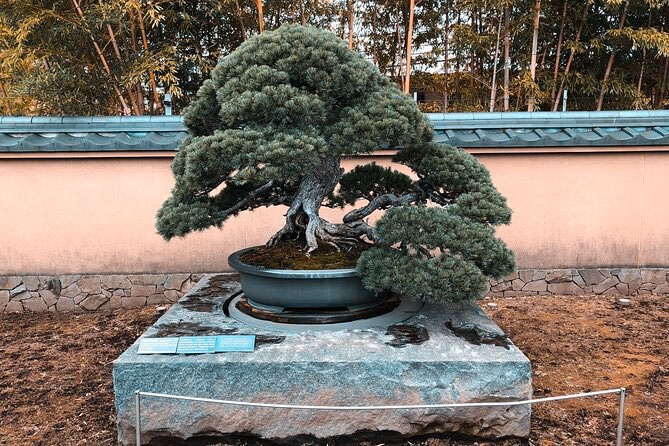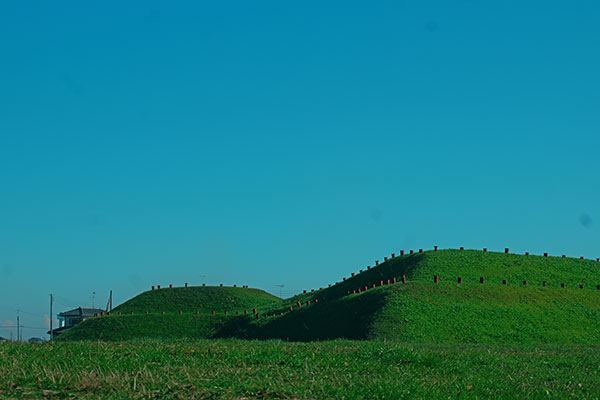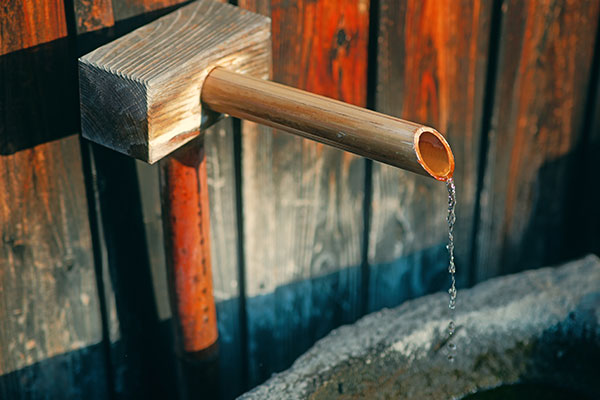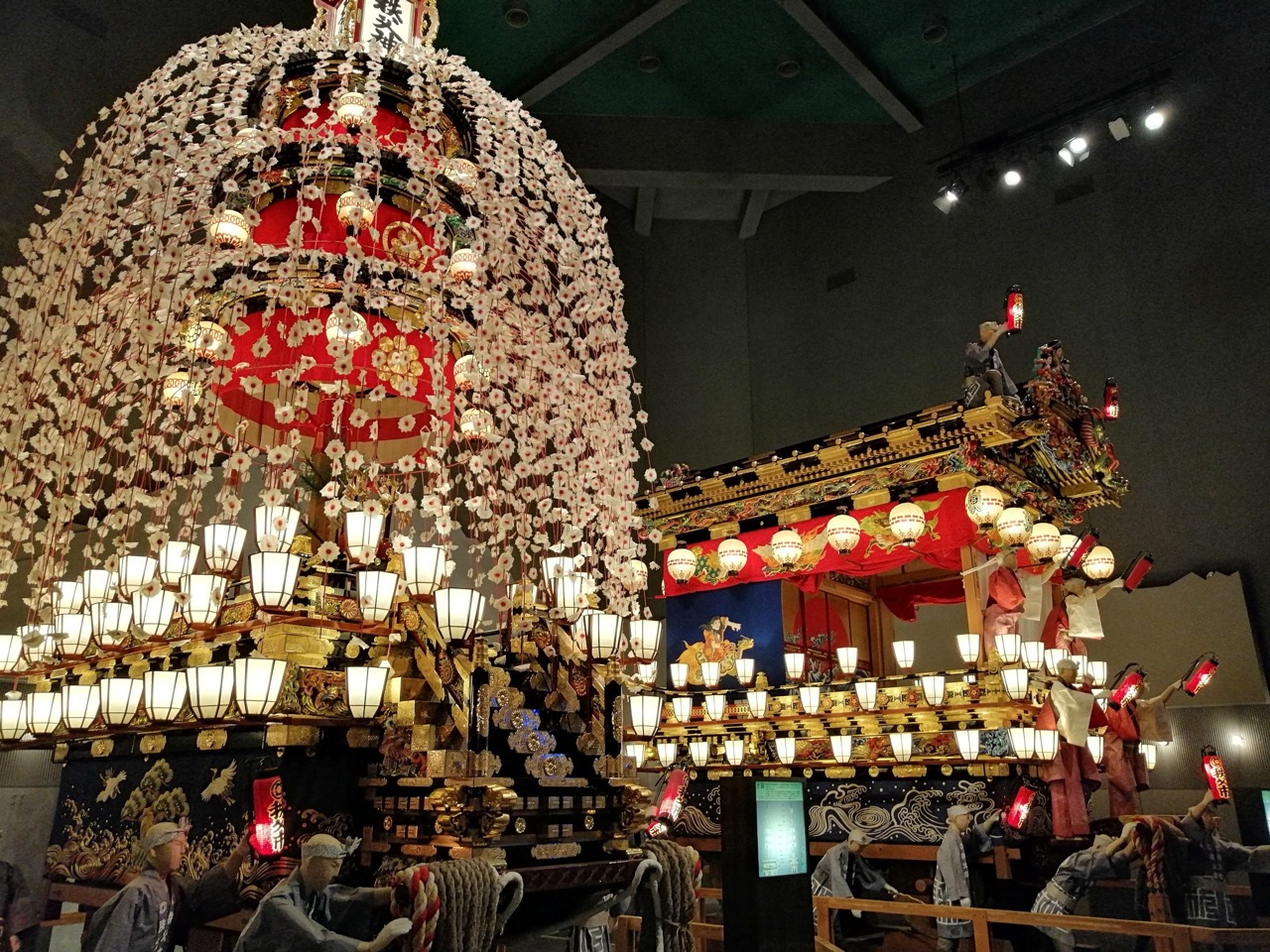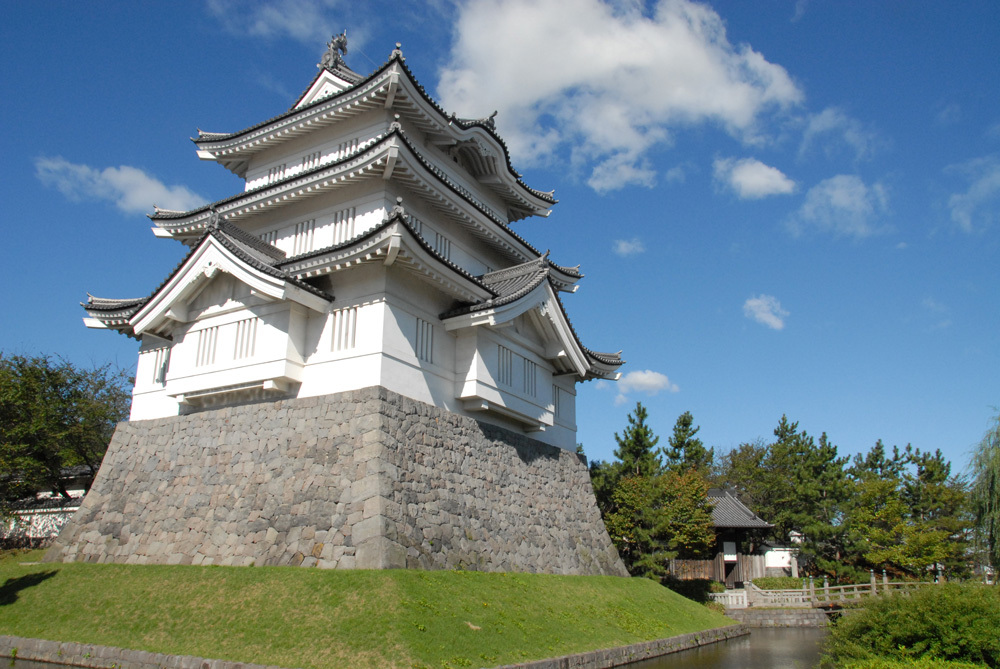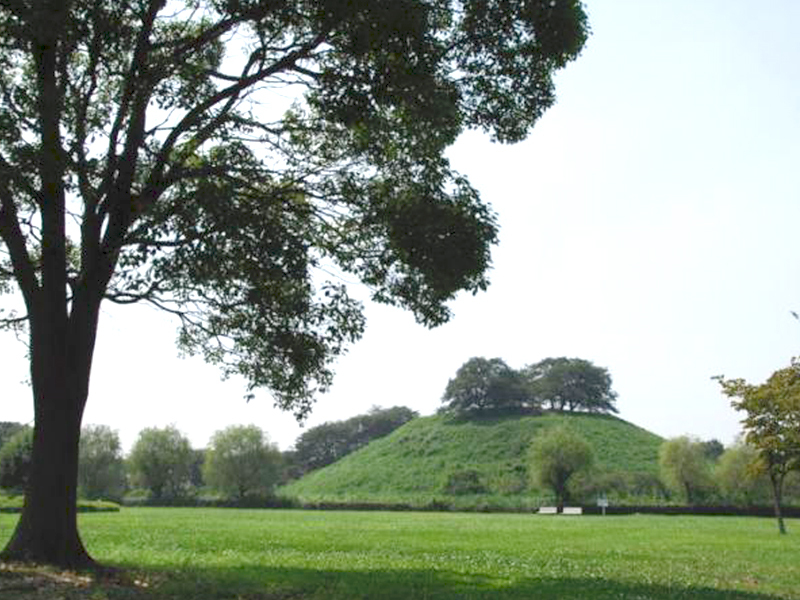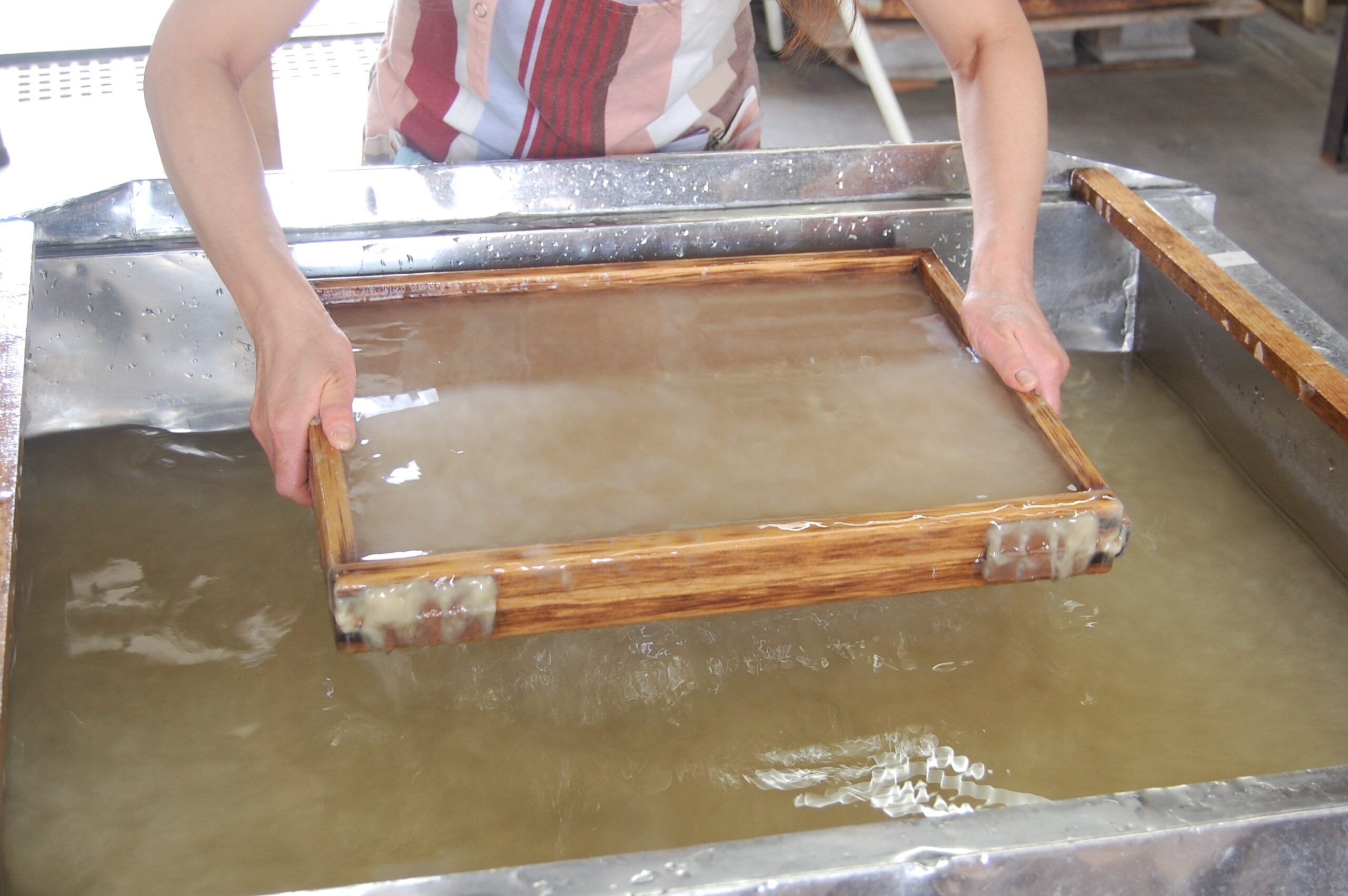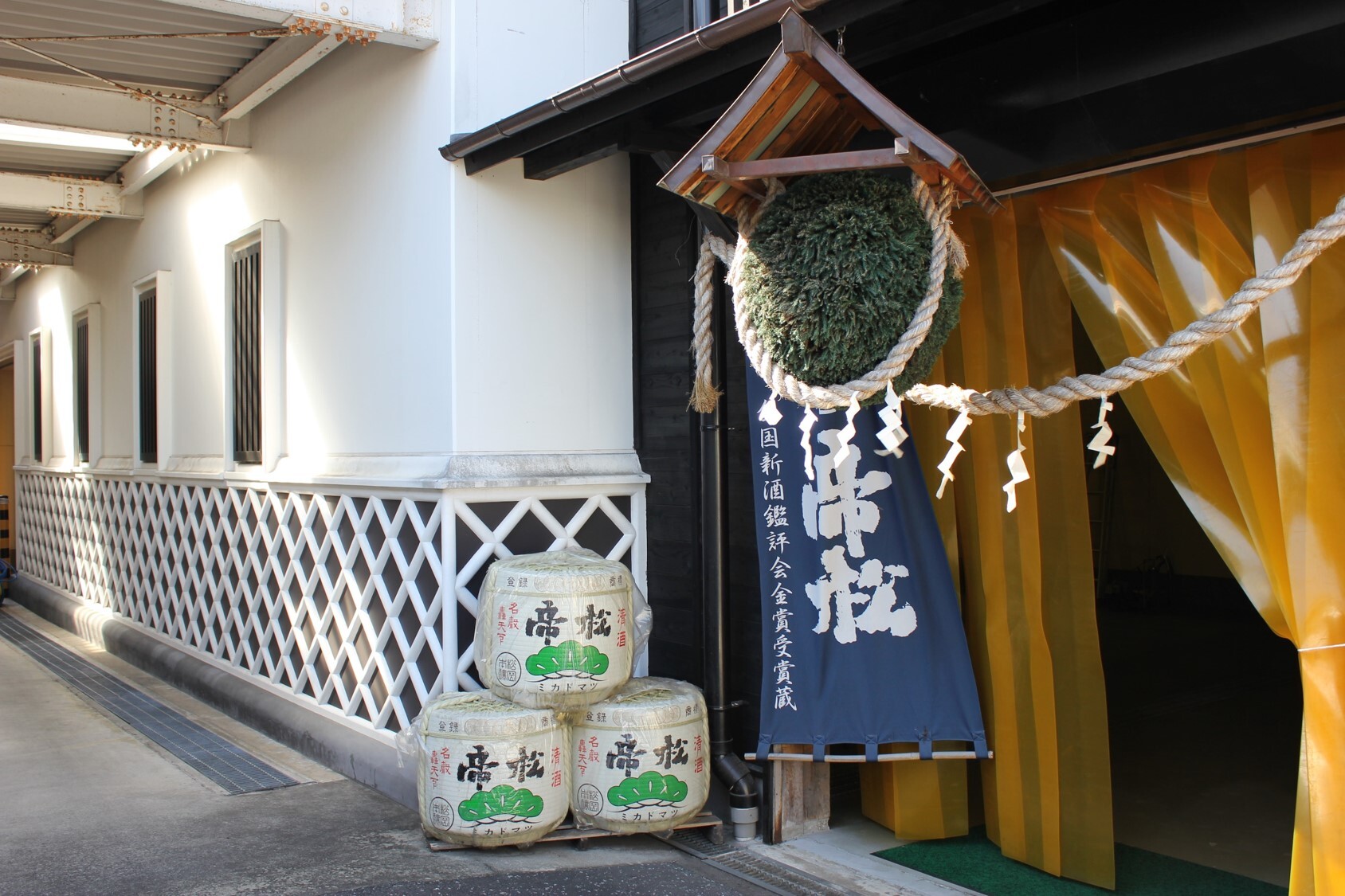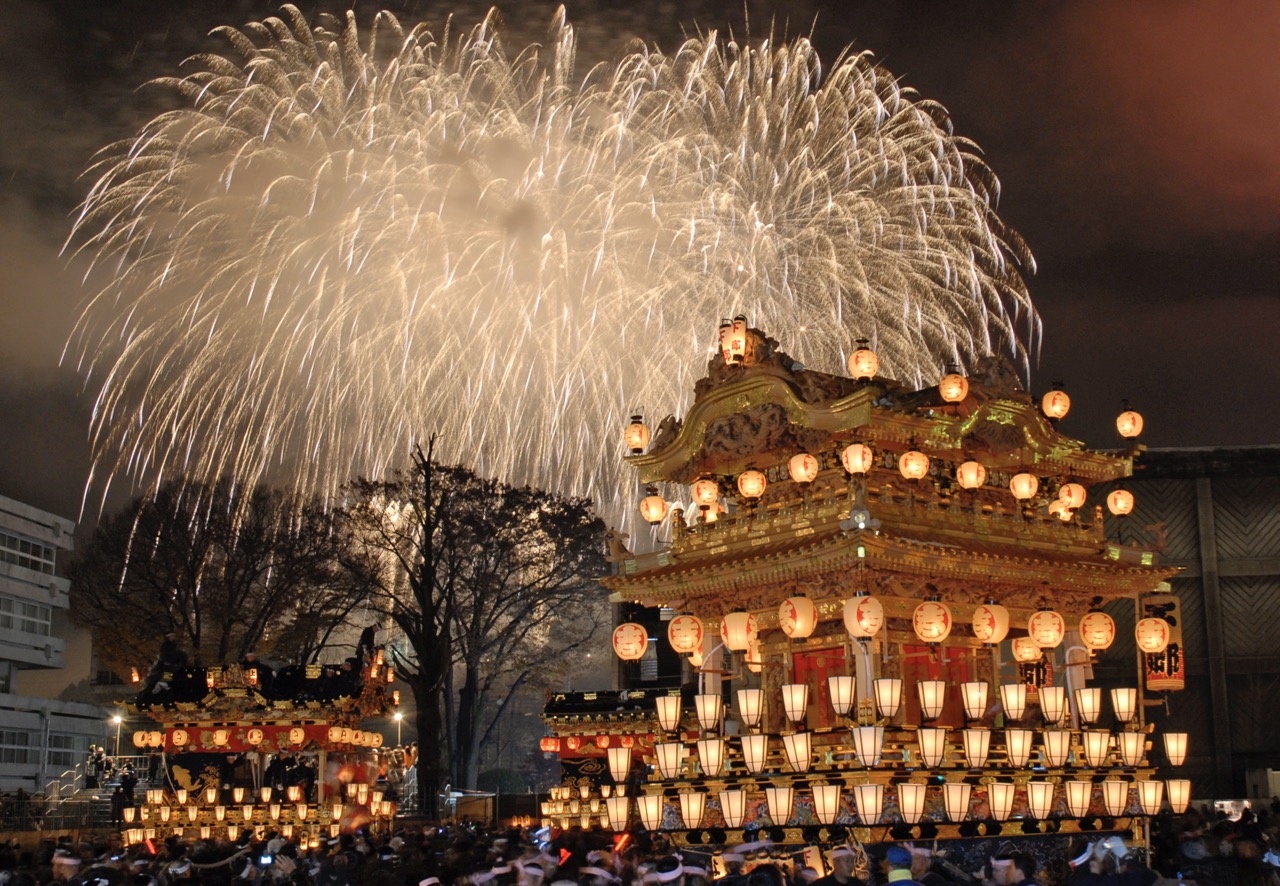Each December, the mountain town of Chichibu, nestled in the heart of Saitama Prefecture, just north of Tokyo, comes alive in a luminous celebration of its centuries-old traditions. The Chichibu Yomatsuri, or Chichibu Night Festival, is among Japan’s Three Great Float Festivals, alongside Kyoto’s Gion Matsuri and Takayama Festival in Gifu. Over 300 years of history resonate through its stunning displays of craftsmanship, community unity, and spiritual devotion, making it a must-see spectacle for those who seek to understand Japan’s cultural soul.
Spanning two significant days, December 2nd (Yoimiya) and December 3rd (Taisai), the festival is both a celebration and a symbolic journey. Its vibrant floats, dramatic rituals, and deep connection to Chichibu’s traditions offer an immersive experience, where every chant and glowing lantern tells a story of resilience and artistry
The Two Days of Celebration: Yoimiya and Taisai
December 2nd: Yoimiya (The Night Before)
The Yoimiya, or “festival eve,” is a time of quiet anticipation and ritual preparation. Lanterns are lit, the dashi (floats) are adorned with their final decorations, and prayers are offered at Chichibu Shrine. This evening sets the stage for the following day’s grandeur while allowing visitors to explore Chichibu’s streets at a slower pace.
The Yoimiya offers a glimpse of the dashi floats under the soft glow of lanterns, their ornate carvings and silk tapestries capturing the attention of all who pass by. It is a moment to appreciate the artistry and reverence that define the festival, before the dramatic energy of the Taisai transforms the town.
December 3rd: Taisai (The Grand Festival)
The Taisai is the festival’s main event, when Chichibu bursts into life with the full procession of its six magnificent dashi floats. These towering structures, some weighing up to 20 tons, are paraded through the streets, accompanied by the rhythmic pounding of taiko drums and the chants of the pullers.
Key moments of the Taisai include the Giri Mawashi, a precise and thrilling method of rotating the floats at intersections using levers, and the climactic Dango-zaka Hikiai, where the floats are hauled up a steep 25-degree hill in a breathtaking display of unity and determination.

The Dashi: Masterpieces of Craftsmanship and Symbolism
The dashi floats of Chichibu are more than just decorations—they are living works of art, passed down through generations and revered as symbols of the town’s cultural identity. Built entirely without nails, each float showcases the extraordinary skill of Edo-period artisans. The floats are constructed using interlocking wooden joints, a technique that ensures both durability and flexibility.
Every dashi is adorned with intricate carvings, gilded panels, and vibrant silk tapestries, depicting mythical creatures, celestial motifs, and scenes from folklore. Dragons and tigers symbolize strength and protection, while cranes and turtles represent longevity. Each float tells a story, reflecting both the artistic vision of its creators and the shared pride of the community that sustains it.
Designated a National Important Tangible Folk Cultural Property in 1962, the dashi embody the spirit of Chichibu’s people. They are maintained with meticulous care, ensuring their survival as both artistic treasures and functional participants in the annual festival.
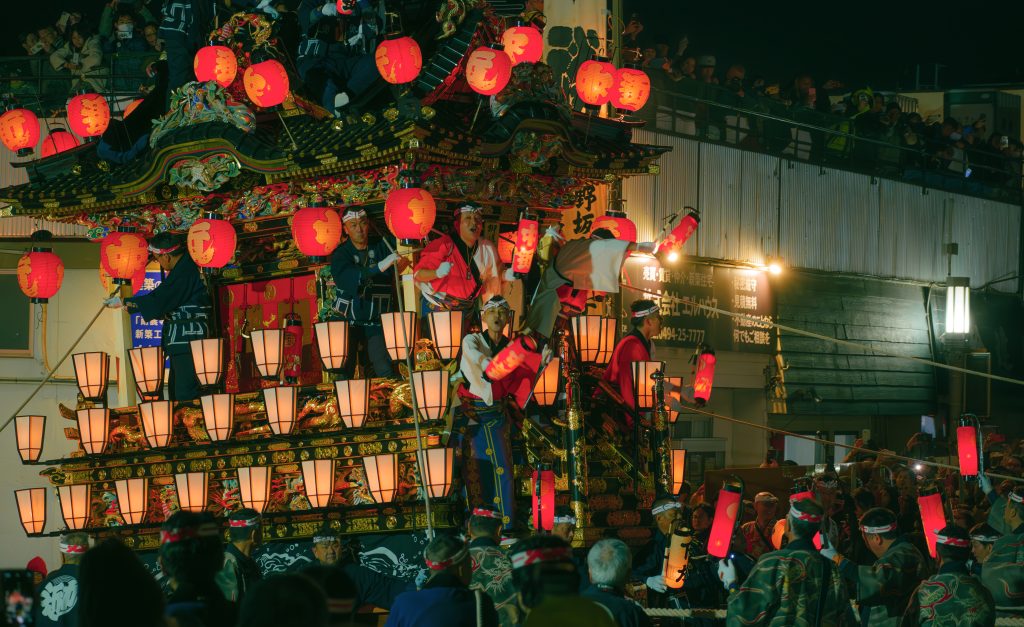
Highlights of the Procession
The Chichibu Night Festival is filled with moments of spectacle and excitement, showcasing the artistry, ingenuity, and strength of the community.
Hikimawashi (Grand Procession)
The floats begin their journey at Chichibu Shrine, winding through the town’s streets toward the Otabisho, their sacred resting place. Along the route, they stop for performances of Dashi Kabuki, traditional theater performed on the floats themselves. The dramatic costumes, music, and storytelling captivate spectators, adding an element of theatricality to the procession.
Giri Mawashi (Float Rotations)
At intersections, the floats must be carefully rotated using levers and fulcrums in a process known as Giri Mawashi. This moment is a thrilling spectacle, as teams of pullers and helpers chant in unison, working together to maneuver the massive structures.
Dango-zaka Hikiai (The Climb of Dango Hill)
The festival’s grand finale comes at the Dango Hill, a steep slope that presents a dramatic challenge. The dashi are hauled up the incline to the rhythmic beats of taiko drums and the chants of “Hooryai! Hooryai!”. The sight of the glowing floats ascending the hill, their lanterns swaying and their gilded details catching the light, is the pinnacle of the festival—a display of resilience and communal effort.

Mr. Shoichi Wakabayashi, an advisor to the Nakamachi Festival Float Preservation Society, wears a matching meisen kimono specially made for the festival. Nakamachi is one of six neighborhood associations that own and operate the floats, taking charge of their procession during the event.
Chichibu Meisen: Silk Craftsmanship Deeply Rooted with the Festival
The crucial role Chichibu Meisen, a traditional Japanese silk textile made in the region, played in the boom of the Chichibu Night Festival cannot be overstated. With the Kinunotakamachi (Silk Grand Market) situated closely to Chichibu Shrine, the festival was an ideal occasion to entertain visiting merchants interested in the local silk products, incrementally impacting the festival in its size and pomp in step with the growth of the local silk industry. Originally known as Futoori, this fabric was made from irregular cocoons and was widely used as durable workwear, earning the nickname Oni Chichibu for its strength. With the development of Hogushi Nassen, it transformed into a bold and stylish textile, becoming a fashionable yet affordable choice for women from the Taisho era to early Showa.
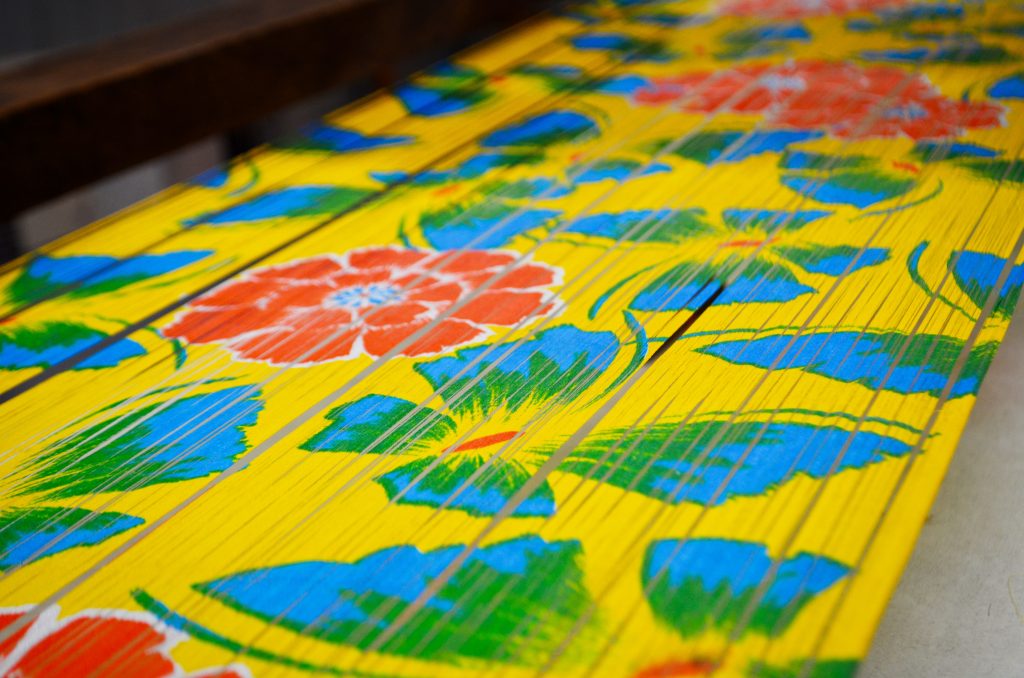
What makes it stand out, is the fact that the entire production process of this craftwork is all done within Chichibu. From dyeing, weaving, and tailoring, it is all done locally. It is very unique, and only possible with the abundant natural resources, pristine water, and the entrepreneurship the region has instilled over generations.
Today, the best occasion to see the beautiful textile would be at the Chichibu Night Festival, where a select number of locals representing each of the 6 towns, tasked with the smooth running of the festival, proudly clad themselves in uniform Chichibu Meisen attires, representing the area they belong to. The reasons are not just for its aesthetics. The practical durability from its unique double-sided dyeing technique, the farsighted sustainability which bloomed as the center of a stable local economy, and the idyllic livelihood of a town filled with the sounds of looms are all represented in its donning, Wearing Chichibu Meisen on such an occasion is a sure realization of an existential culture and a culmination of a collective wish to keep the heritage alive.
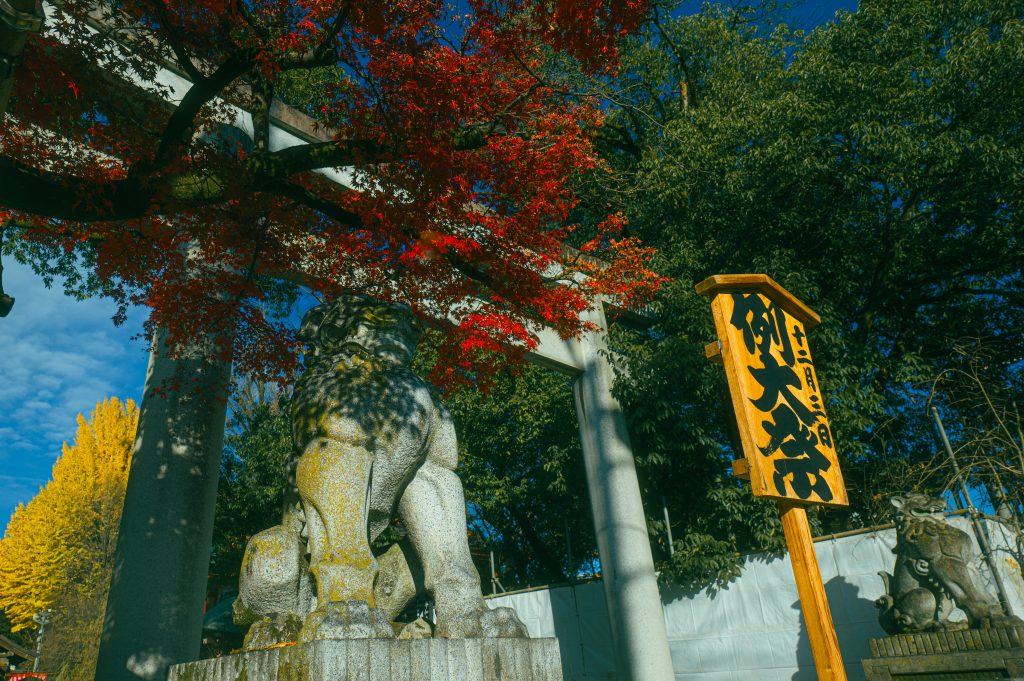
Chichibu Shrine: The Spiritual Core
At the heart of the festival is Chichibu Shrine, a sacred site that has stood for over 1,000 years. Adorned with intricately carved beams and motifs inspired by Shinto mythology, the shrine serves as the festival’s spiritual anchor. Prayers for prosperity, gratitude, and protection are offered here, linking the festive energy of the streets to the shrine’s serene sanctity.
A Glimpse into the Past at the Chichibu Matsuri Kaikan
For visitors eager to delve deeper into the festival’s history, the Chichibu Matsuri Kaikan (Festival Museum) provides valuable insights. The museum houses life-sized replicas of the dashi and offers a concise overview of the festival’s cultural significance. Multimedia exhibits recreate the sights and sounds of the event, making it an excellent primer for those attending the festival for the first time.
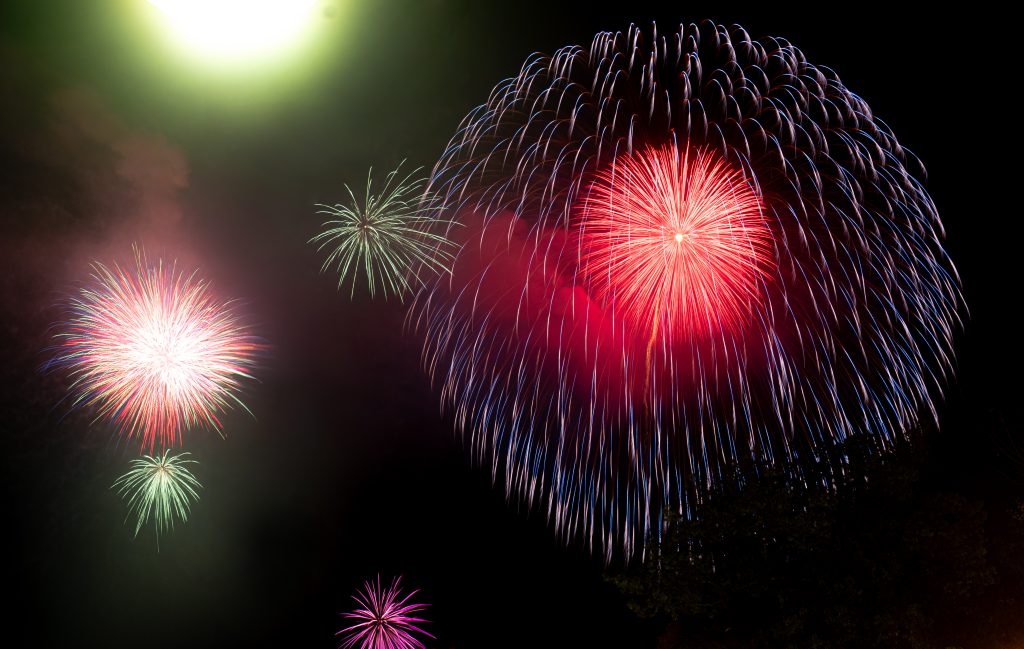
A Winter Sky Ablaze
The Chichibu Night Festival is crowned by one of Japan’s rare winter fireworks displays, a breathtaking two-hour spectacle. Against the cold, clear sky, brilliant bursts of red, gold, and blue light up the night, their reflections shimmering on the lacquered surfaces of the floats below. The fireworks symbolize a connection between earth and sky, a gesture of reverence to the divine that complements the festival’s spiritual underpinnings
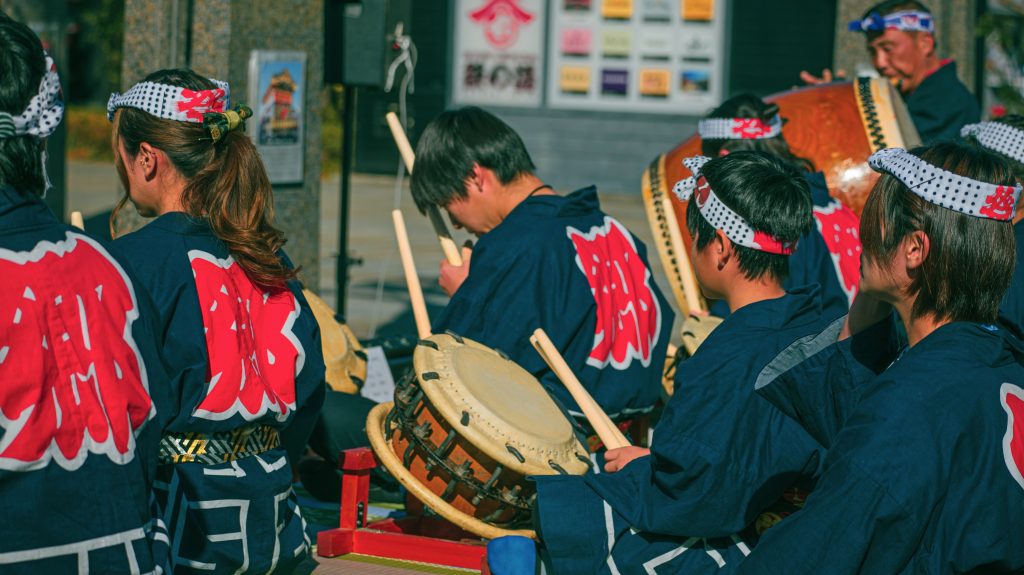
A Celebration of Heritage and Humanity
The Chichibu Night Festival is not just a celebration; it is a testament to the community’s strength, creativity, and devotion. With its stunning floats, dramatic rituals, and spiritual significance, the festival offers a rare glimpse into a world where tradition and artistry, originating from Chichibu Meisen, are inseparable from daily life.
For those who experience it, the festival is a journey into the heart of Chichibu, where every detail—from the intricate carvings of the dashi to the chants of the pullers—tells a story of resilience, unity, and shared history. The Chichibu Night Festival is more than an event; it is a living adventure, one that continues to illuminate Japan’s cultural heritage year after year.


